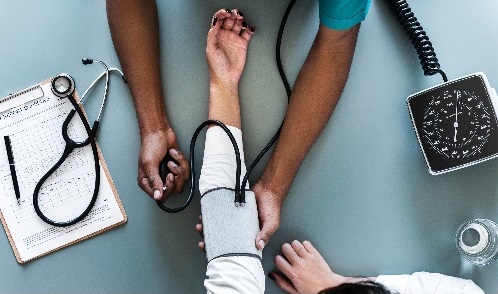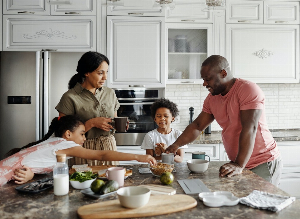Keeping the same doctor reduces death risk, study finds
Published 9 Jul 2018

Seeing the same doctor each time you need medical care might reduce your risk of death, research suggests.

Previous studies have revealed that so-called continuity of care is linked to a number of benefits, including patients following medical advice more closely, better uptake of vaccines and other preventive measures, and fewer emergency hospital admissions.
Now researchers say a link also appears to exist for mortality, suggesting the bond between patients and their doctors might be even more important than previously thought.
“Basically we are saying that at a time when the emphasis in the reports in the press are all about new machines and new technology, that this is an article that shows the human side of medicine is still very important and even a matter of life and death,” said Sir Denis Pereira Gray, first author of the research from St Leonard’s Practice, Exeter.
Writing in the journal BMJ Open, Gray and colleagues from the University of Exeter and University of Manchester describe how they hunted through previously published research to unearth studies which included data on whether patients saw the same doctor, as well as information on mortality.
The team discovered 22 studies that fitted the criteria, all of which were published since 2010. These took place in a total of nine different countries, ranging from the US to England, South Korea and Israel.
While the studies were too different in terms of how they were conducted for their results to be pooled and analysed together, the team found that 18 of the studies showed a marked link between increased continuity of care and lower death rates. One suggested colorectal surgery patients at a hospital had twice the risk of dying within one year if they had a different surgeon when readmitted than if they saw the same one.
“This phenomenon applies to specialists as well as generalist doctors,” said Gray. “We have found articles which include surgeons and psychiatrists, so we think this is a human effect that goes across medicine.”
The team say some of studies which did not find a link only looked at continuity of care over a very short period of time, or used methods which did not probe the quality of the patient-doctor relationship as well as others.
Gray said the research supports previous work suggesting continuity of care means patients feel more comfortable opening up and discussing problems with their doctor, and allows doctors to accumulate knowledge about their patients meaning they are better able to shape advice and treatment to individuals.
However, the authors note that the study does not definitely show that seeing the same doctor is what is driving the reduction in mortality. The research also had a number of limitations, among them that many of the studies involved looking back at patient records rather than recruiting and then following individuals over time, while not all of the studies took into account the whole range of other possible influences such as age, sex, smoking status and socioeconomic status.
What’s more, as individuals become sicker, or have multiple health problems, they might need to see a wider range of doctors and are also likely to be at greater risk of death.
While the team say that many of the studies attempted to take this into account, others, including Prof Chris Salisbury of the University of Bristol, say the issue cannot be completely ruled out as affecting the results, although he stressed that continuity of care is important, but that it is disappearing fast in many places.
“When people are ill it is very worrying and having someone that you can trust that you can talk to about it is really important,” he said.
Louis Levene of the University of Leicester said the research added weight to the argument that continuity of care is a good thing, but that the move in recent years to ensure patients have a “named GP” is futile if appointments to see doctors are difficult to get.
“Only if you have enough access to appointments can you then start to encourage and support developing that type of relationship,” he said.
Beccy Baird, a senior fellow at the English health charity the King’s Fund, said the situation could be made worse by moves to increase cover. “As you are spreading a fairly small pool of people over longer hours you risk losing continuity,” she said.
Prof Kamila Hawthorne, vice chair of the Royal College of General Practitioners, added that many GP practices were attempting to address continuity of care by assigning patients to teams of healthcare professionals who they can get to know, rather than just one individual doctor.
But, she added, “Balancing continuity of care with timely access to GP services is a huge challenge for general practice, and ultimately the answer is more GPs and more resources for the profession.”
The Guardian

 Facebook
Facebook Twitter
Twitter



